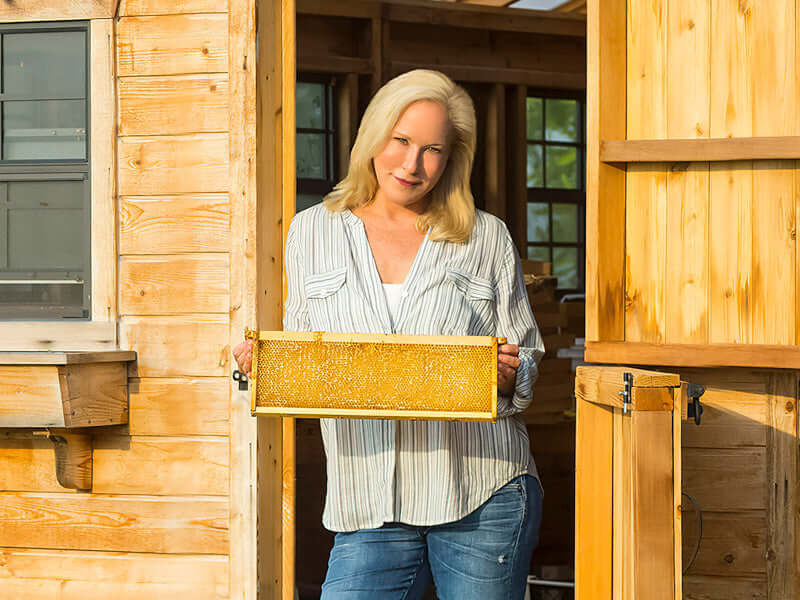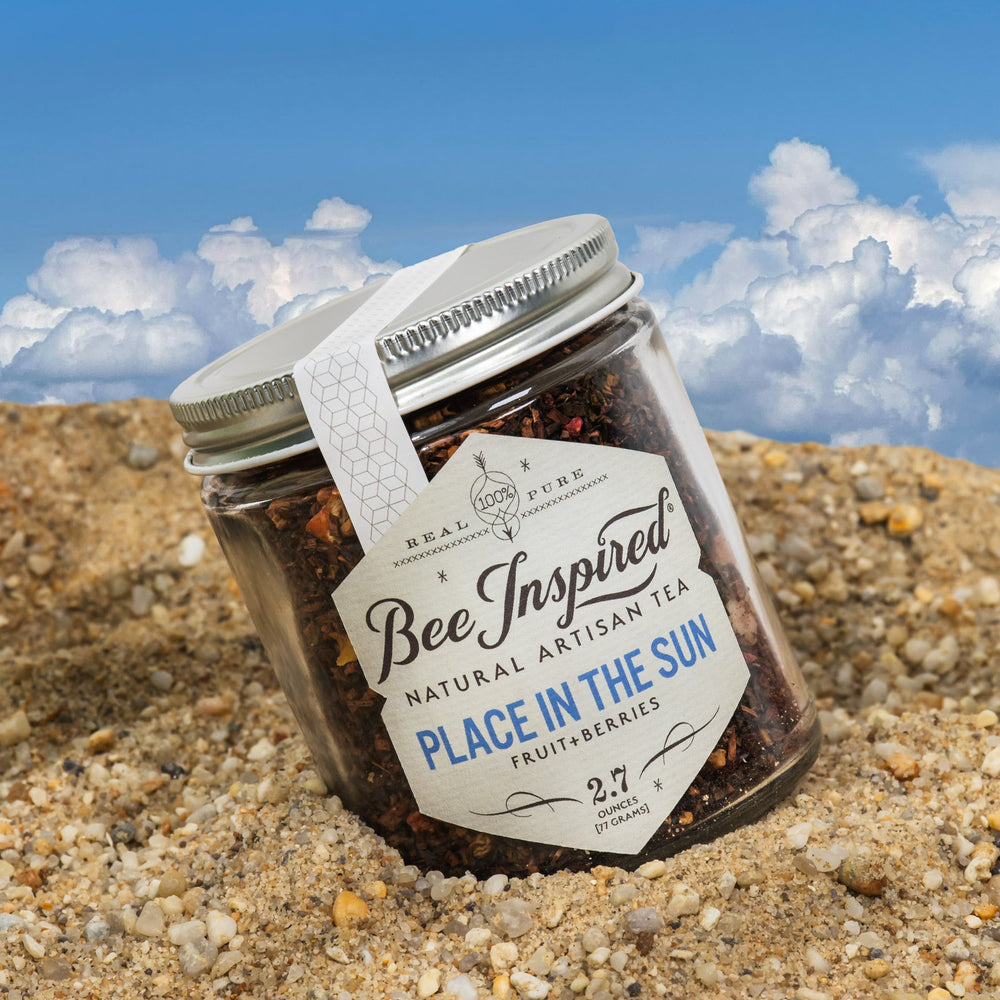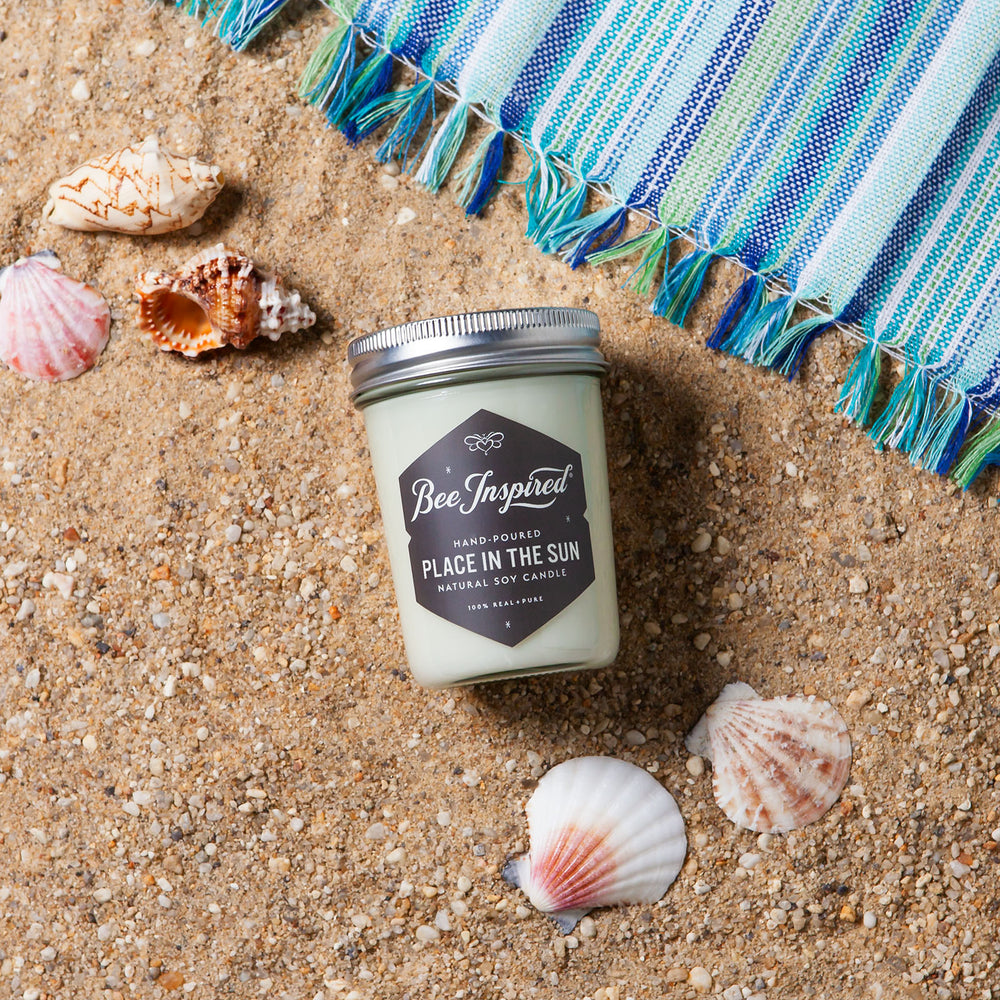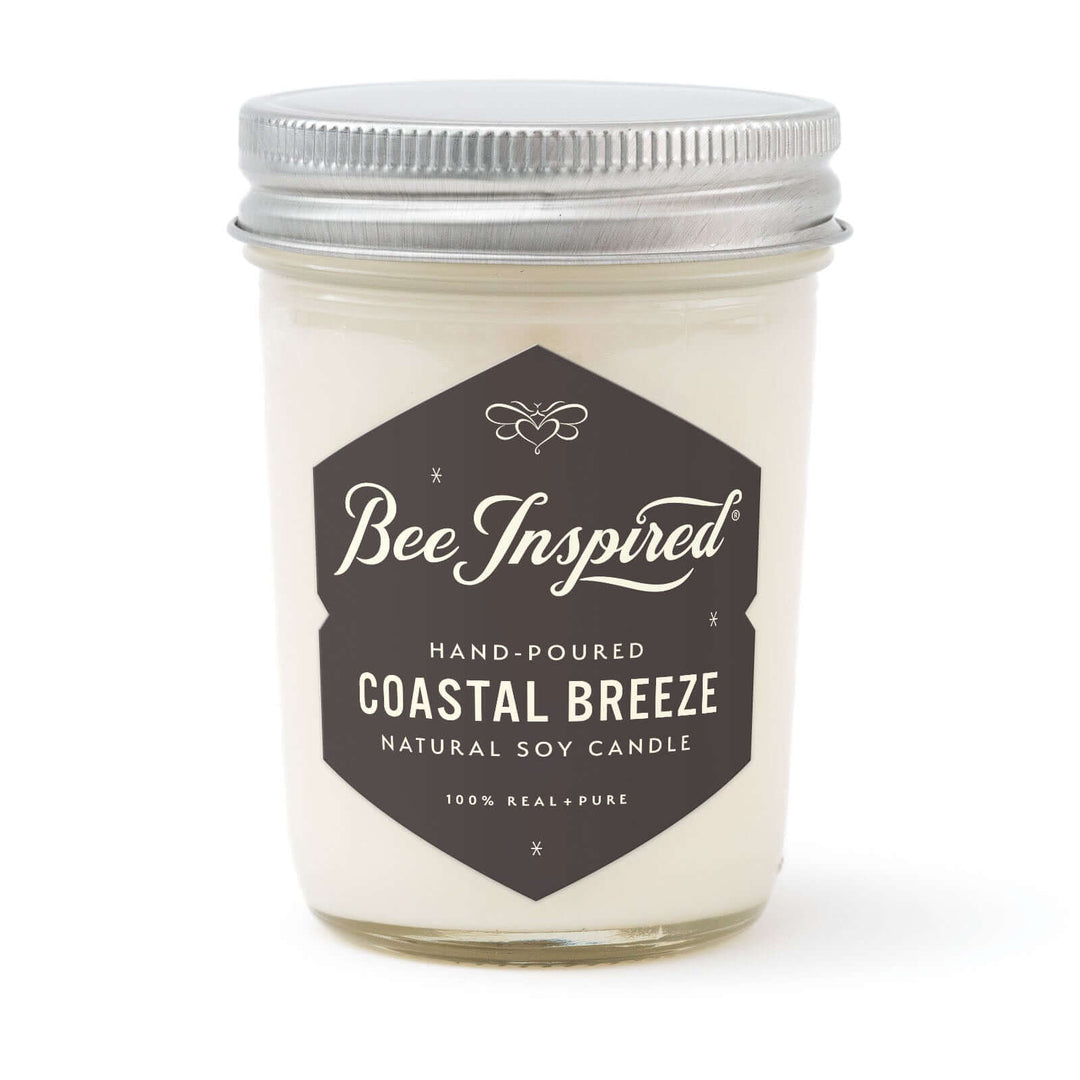What makes a spa an ideal place for relaxation and wellness? Spas provide a variety of treatments designed to rejuvenate both body and mind. In this article, we explore the rich history of spas, their diverse treatments, and the numerous benefits they offer.
Our new, all-natural Lip Tints are like a spa day for your lips!
Origins of the Word "Spa"
The term "spa" finds its roots in the Belgian town of Spa, famous for its chalybeate spring discovered in 1326 by Collin le Loup. This town's name eventually became synonymous with health resorts worldwide. Another theory posits that "spa" is derived from the Latin acronym "Salus per Aquam," meaning "health from water." Over time, the word evolved to encompass any health resort located near natural springs, reflecting the global spread and cultural significance of spa services.
Today, the term encapsulates a wide range of health and wellness treatments offered at various resort spas and health resorts.

Mix your bath with our different soaks for an at-home rejuvenating experience
Ancient Beginnings
The roots of spa culture stem from ancient civilizations, which acknowledged the healing potential of hot springs bathing. From the Greeks who built public bathhouses to the Romans who constructed complex bathing facilities, these early societies laid the groundwork for modern spa culture. Additionally, Finnish saunas, considered one of the oldest forms of spa treatments, highlight the universal appeal of therapeutic bathing.
These ancient practices were not just about hygiene; they were social destinations and places of healing.
Greek Bathing Practices
Public bathhouses, focusing on cleanliness and body restoration, were first developed by the ancient Greeks. These facilities often revolved around sacred pools believed to possess healing properties. Simple yet effective heating systems, such as a steam from hot water or charcoal braziers, were used to create warm bathing environments. Hippocrates, the father of modern medicine, was an early advocate of spa treatments for their medical benefits.
Bathing in Greece was not only a matter of cleanliness but also a ritual that promoted good health and leisure.
Roman Baths
Elevating the concept of public baths, the Roman Empire built extensive and intricate bathhouses to serve the public. These Roman baths, or thermae, were equipped with various water treatments designed for relaxation and medical purposes. The Romans believed in the therapeutic benefits of both immersion and the application of water to different body parts, making a visit to a roman bath a rejuvenating experience.
These sprawling complexes often featured thermal baths, steam rooms, and swimming pools, making them centers of social and cultural life in Roman cities.
Finnish Saunas
Finnish saunas, offering relaxation and health benefits, are among the earliest forms of spa treatments. Traditional Finnish saunas use dry heat to induce sweating, which helps detoxify the body and relieve muscle tension. The practice of alternating between hot saunas and cold plunges or cooling rooms is believed to improve circulation and overall well-being. Some benefits of Finnish saunas include:
- Relaxation and stress relief
- Improved cardiovascular health
- Detoxification and improved skin health
- Muscle relaxation and pain relief
- Improved respiratory function
- Enhanced immune system
So, if you're looking for a way to unwind and improve your health, consider trying out a Finnish sauna.
This ancient tradition continues to be a cornerstone of modern spa culture, offering a timeless method for achieving mental and physical relaxation.

The Evolution of Spa Culture
Tracing the history reveals the evolution of spa culture from antiquity to modern times. The focus shifted from mere hygiene to the healing powers of special springs and eventually to luxurious retreats for the upper class.
During the Medieval period in Europe, the emphasis moved towards the curative properties of natural spring, marking a significant shift in how spas were perceived. This evolution continued through the Renaissance and into the 18th and 19th centuries, where spa resorts became synonymous with luxury and wellness.
Medieval Europe
The decline of the Roman Empire brought significant changes to spa culture in Medieval Europe. The spread of Christianity, changes in living conditions, and the ruin of aqueducts led to a decline in public bathing. However, the healing powers of special springs began to gain prominence during this period.
Colonial doctors later recommended hot springs and hot baths for various ailments, reflecting the enduring belief in the therapeutic properties of these natural sources.
Renaissance Revival
The Renaissance period witnessed a revival of spa culture, particularly in Britain. By the Elizabethan era, spa resorts had become ingrained into British culture. These resorts were no longer just places for bathing but were seen as destinations for health and wellness.
The Renaissance brought a renewed interest int the classical traditions of bathing and healing, which laid the groundwork for modern spa practices.
18th and 19th Century Spa Resorts
The 18th and 19th centuries saw spa resorts become popular destinations for the elite. European spa towns like Baden-Baden, Vichy, and Bath became famous for their healing waters and luxurious accommodations. In North America, a hot spring craze took hold, with colonial doctors urging the use of hot springs for medicinal purposes.
Notable destinations included the spring of Bristol, Pennsylvania, and Saratoga Springs, which became the first truly popular spa in 19th century America.

Experience a spa treatment at home with our Ultimate Guide to Facial Steaming.
Modern Spa Industry
The contemporary spa industry has developed a holistic wellness approach, merging advanced therapies, various massage styles around the world, and pioneering technology. Today, spas are seen as essential for maintaining overall well-being, with services that cater to both physical and mental health.
The stress of modern life has heightened awareness about the importance of mental and spiritual well-being, making regular spa visits a lifestyle choice for many.
20th Century Developments
In response to the escalating demands for wellness and relaxation, the 20th century witnessed major changes in the spa industry. New services such as facials, exfoliation therapies, and aromatherapy were introduced, evolving beyond traditional baths.
Hydrotherapy also gained popularity, and fitness programs were integrated into spa offerings, reflecting a holistic approach to health and wellness.
Contemporary Spa Experiences
Modern spa experiences emphasize holistic wellness, providing immersive settings and a variety of revitalizing treatments. Modern spas provide a range of services dedicated to promote clean, healthy living and engage the senses. Notable destinations like Miraval Arizona and The Ranch Malibu offer structured wellness programs, while urban bathhouses are making a comeback as accessible wellness sanctuaries
Technological Advances
Innovations in technology have radically transformed spa treatments, paving the way for advanced skin rejuvenation therapies and international massage techniques. These innovations utilize advanced technology to address issues like aging, pigmentation, and texture, providing clients with effective solutions for skin care.
The adoption of massage techniques from cultures worldwide, such as Thai, Swedish, and Ayurvedic massages, has enriched the variety and benefits of modern spa treatments.

Our Peace of Mind Massage Candle turns into a soothing massage oil when lit
Health Benefits of Spa Treatments
Offering countless health advantages, as spa treatment caters to both physical and mental wellness. Spa treatments can improve high blood pressure, treat conditions like arthritis and muscle injuries, and promote overall happiness and self-esteem.
The therapeutic properties of mineral waters have been harnessed for centuries to treat various ailments and enhance health.
Physical Health Benefits
Spa treatments provide a wide array of physical health benefits. Some of these benefits inclide:
- Reducing muscle tension
- Alleviating pain
- Increasing flexibility by improving blood flow
- Assisting in injury recovery for athletes
- Lowering blood pressure by calming the sympathetic nervous system
Spas are also popular for relieving back pain and protecting the spring through targeted spa therapy.
Mental and Emotional Well-Being
Spa treatments significantly contribute to enhancing mental and emotional wellness. Regular visits to the spa can significantly reduce stress, improve sleep quality, and foster a sense of happiness. Treatments like aromatherapy and hydrotherapy promote relaxation and stimulate the production of serotonin and dopamine, reducing stress and anxiety.
The serene atmosphere of spas enhances mood and emotional well-being, making them a sanctuary for mental health.
Therapeutic Properties of Mineral Waters
For centuries, mineral waters have been reputed to have healing properties, treating a range of diseases and boosting overall health. Throughout history, different springs have been known for curing specific diseases, a tradition that continues today in many spa resorts. Archaeological evidence from Europe and Japan highlights the historical significance of mineral springs in health treatments.
The therapeutic properties of thermal. and sea waters have been documented since ancient times, underscoring their enduring appeal.
Popular Spa Destinations
Globally, top-rated spa destinations provide distinctive experiences blending natural splendor with healing perks. From the historical spa towns of Europe to the luxurious resorts of North America and the traditional retreats of Asia, these destinations provide diverse options for relaxation and rejuvenation.
European Spa Towns
Numerous European spa towns, boasting rich histories and celebrated healing benefits, add to the continent's charm. Some notable spa towns include:
- Bath in England, famous for its hot springs, credited to early Celtic kings and later popularized by Queen Anne in the 1700s
- Baden-Baden in Germany, celebrated since Roman times
- Bad Ems in Germany, also known for its healing properties
These spa towns offer a unique and rejuvenating experience for visitors.
Other notable European spa towns include Vichy in France, Karlovy Vary in Czechia, and Montecatini Terme in Italy.
North American Spas
In North America, a spectrum of spa experiences, ranging from natural hot springs to opulent resort spas, are available. Destinations like the hot springs in Colorado and resort spas in California provide serene settings for relaxation and rejuvenation.
Lake Austin Spa Resort in Texas is a prime example, offering a lakeside sanctuary with activities ranging from water sports to stargazing.
Asian Spa Retreats
Hosting some of the world's famous spa retreats, Asia is recognized for its traditional healing methods and tranquil natural environments. Japan's onsen culture, with its natural thermal baths, is a testament to the long-standing tradition of medicinal bathing in the region.
Joali Being in the Maldives and Como Shambhala Estate in Bali exemplify the blend of natural beauty and holistic health practices, offering custom health programs and immersive wellness experiences.

Spa Services Through the Centuries
The history of spa treatments is a rich tapestry woven with the threads of ancient traditions, cultural evolution, and modern innovation. From the sacred pools of ancient Greece to the luxurious spa resorts of today, these practices have continually adapted to meet the needs of their times. The health benefits of spa treatments, both physical and mental, are well-documented and continue to make spas a haven for those seeking relaxation and rejuvenation. As we look to the future, the enduring appeal of spa culture promises to offer new and exciting ways to enhance our well-being.
Frequently Asked Questions
Where does the word "spa" originate from?
The word "spa" originates from the Belgian town of Spa, known for its chalybeate springs discovered in 1326 by Collin le Loup, or it may be derived from the Latin acronym 'Salus per Aquam,' meaning 'health from water'.
How did ancient Greeks use bathing for health benefits?
Ancient Greeks used public bathhouses and sacred pools for maintaining good hygiene and restoring their bodies, often believing in the healing properties of the water. They also utilized simple heating systems and recommended spa treatments for medical reasons.
What makes Finnish saunas unique in the history of spa treatments?
Finnish saunas are unique in spa history because they are one of the oldest forms of spa treatments, using dry heat to induce sweating and improve circulation and well-being. They have been known to detoxify the body and relieve muscle tension, making them stand out.
How did spa culture evolve during the Renaissance?
Spa culture evolved during the Renaissance with a revival in Britain, where spa resorts became ingrained into the culture, shifting from hygiene to destinations for health and wellness.
What are the health benefits of mineral water treatments?
Mineral water treatments have been believed to possess curative powers and can treat various ailments, as historical evidence supports their therapeutic properties. It's worth considering mineral water as a natural health remedy.












